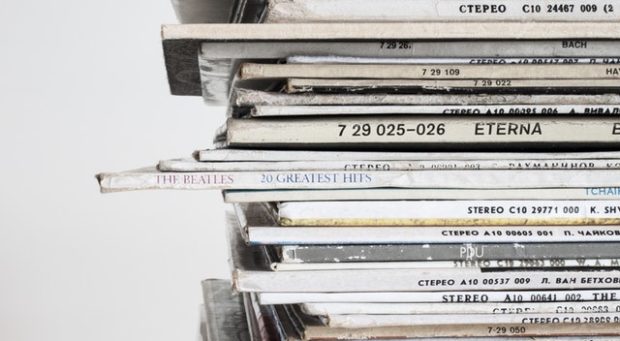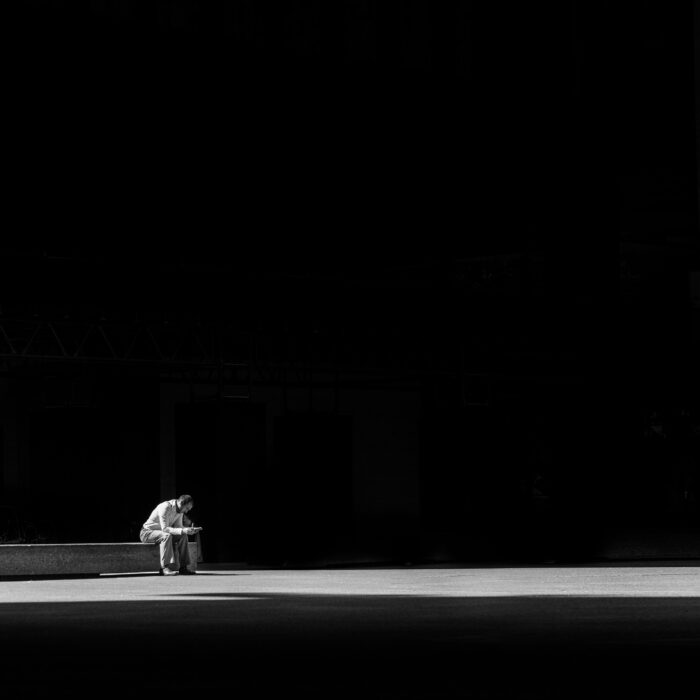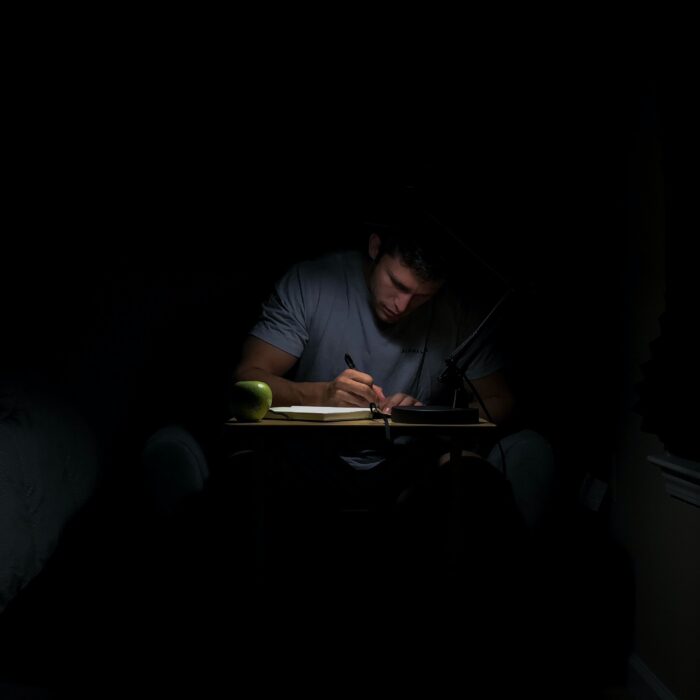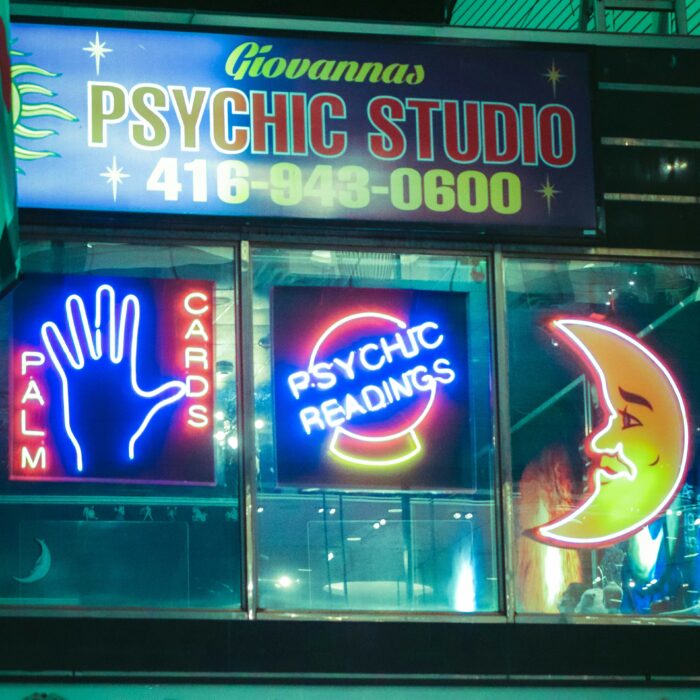You have no items in your cart. Want to get some nice things?
Go shopping
By the time the record had been released and made its way around the world billions of times on people’s turntables, my mother’s vinyl copy of The Beatles’ Rubber Soul had built up a force field of crackling before ever reaching my seven-year-old hands. It was a captain that had been lost at sea for decades, scarred by experience, but when I squinted my eyes in the right light, looked beyond the foxing and fading of the image on the cardboard sleeve, I could still see the mop-topped quartet in all their pensive, dreamy glory. The sizzle and pop the stylus made when it found the groove was like a storyteller clearing its throat, showing its age but not ashamed of it. It carried itself confidently, a master entertainer waiting for the precise moment to begin – so I could feel its magic crackle and arc as I sat on the living room carpet, in front of my dad’s stereo, wearing oversized headphones; a mad scientist of the sonic arts, conjuring ghosts from vinyl.
As a child, I was fascinated with time travel. Movies such as The Time Machine, Time After Time, and (my mother’s favourite) Somewhere in Time, starring Christopher Reeve and Jane Seymour, kept my mind marvelling at the possibility of going back to witness history for myself.
After a month of my mother crying through multiple viewings of Somewhere in Time on Showtime, I once tried to replicate Christopher Reeve’s state of self-hypnosis. I found an analog tape recorder, pushed record, chose a date (sometime in the 1880s) and described my Northwest hometown as my imagination envisioned it. This was before I had read up on local history, so all I could picture was millions of evergreens and ferns. I could not imagine farmland or pioneers or towns or railroads, only trees, darkness, and the Green River. I could see myself floating down the river valley in a homemade canoe, visiting wild, beautiful Native Americans, trading with them like friends.
But no matter how hard I concentrated, I would spend an hour listening to my recorded descriptions, over and over again, in curtain-drawn darkness, committing the exact same gaffe as Reeve by not following his former college professor’s instructions and ridding himself of all modern items. When I opened my eyes, I clicked stop on the tape recorder, still stuck in the 1980s, disappointed, and hungry for something more from life.
This may have been why I prized old things at an early age: I felt like I was touching a piece of living history. With various collections accumulating back in my bedroom, I would scour thrift stores and garage sales, searching for the next new item that might carry me further away from now to then.
Sometimes I think I was fascinated with visiting the past because, when I asked my mother questions, she did not remember her childhood. Or so she claimed. For, once, when she was angry, I overheard how embarrassed she had been when walking home from junior high, and her drunk father kept calling her name and repeatedly slipping and falling in the snow, while her friends laughed. How her father kept her up in the evenings, playing piano, drunk, screaming songs long into the night. How her father once left the family for a week, only to show up with a woman he’d ran off with in order to cause mayhem.
When I touched my mother’s physical recording of The Beatles’ Rubber Soul, I think I might have been feeling it out for landmarks, searching for a happier version of her that was still locked inside. As if the sound had been her safe haven, somewhere she could get lost in. Perhaps she believed that these boys from Liverpool were intimately singing to her heartache. Maybe as she looked into the eyes of John Lennon (her favourite), who stares into the eyes of whoever is holding the album cover (while the other lads curiously peer off to their right), maybe she felt seen for the first time. Maybe his eyes, and his eyes alone, could see who my mother truly was, and is.
Sadly, I don’t know, and neither does she.
Along with the rest of her vinyl, Rubber Soul made its way into my record collection. By now I have probably listened to it more times than she has.
Rubber Soul may very well be the most perfect pop record ever made. Adult, smart, ever so sharp, it has infectious hooks to spare. From the beautiful guitar opening of ‘I’ve Just Seen A Face’ to the sinister warning from a jealous lover (in the American Blues vein) of ‘Run for Your Life’ – there are no bad songs. ‘Norwegian Wood’, ‘You Won’t See Me’, ‘Michelle’ . . . Each tune can stand on its own, like a monolith; but when collected on one record, the songs stand together, timeless and magical, a Stonehenge.
For a little while my seven-year-old self thought I was the only one (besides my mother) to have discovered this sound. I thought we were the sole keepers of a secret knowledge, and I decided that I owed it to the world to tell others. So, when it was my turn for Show and Tell in elementary school, I brought my mother’s Beatles records and a portable Sesame Street record player to play them on.
During my presentation, little did I know that most of my class not only knew who The Beatles were, but loved them as much as I did. But, by showing this glimpse into my insular life, a few friends began to let me borrow some of their records, introducing me to more new sounds.
Few were ever as good as Rubber Soul, and I still marvel at what a gift music is. It is the language we all understand. The place where body meets soul. The dimension we can lose ourselves in, and fade out of view for a while; returning changed, almost unrecognisable, until the eyes of John Lennon look into yours and let you know that you are still here.



